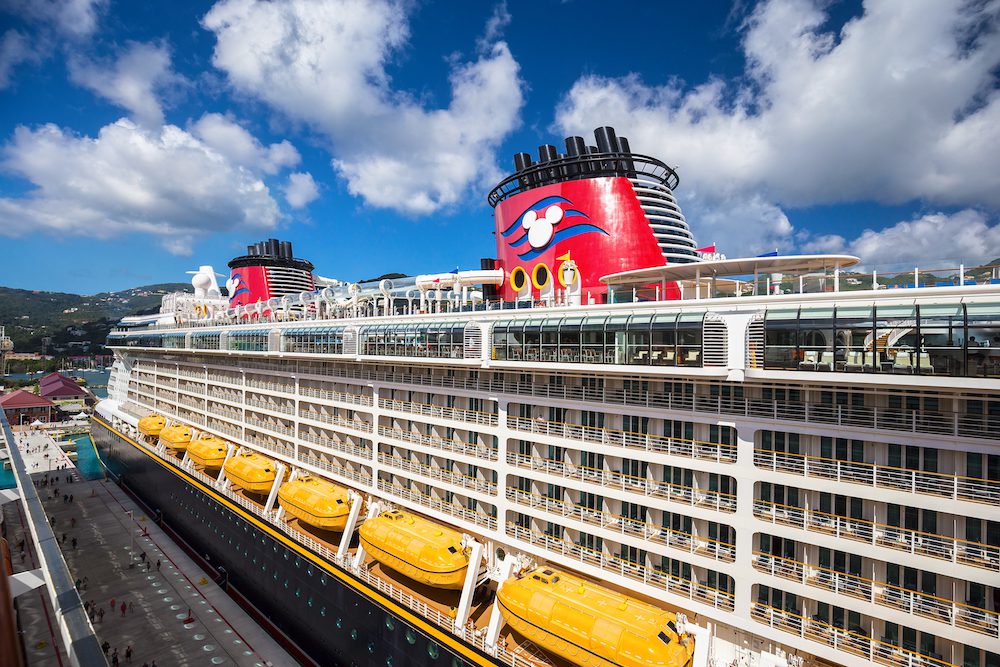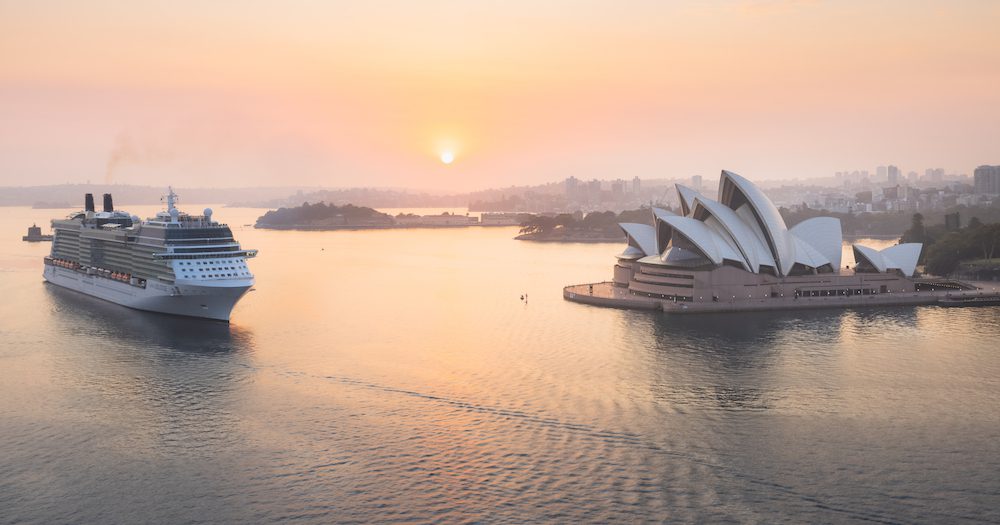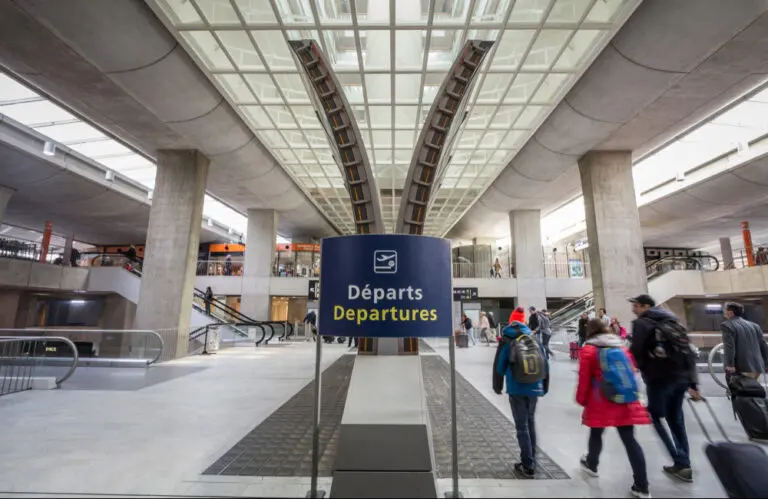The 2023/24 Australian summer cruising season is officially underway, with the arrival of the first international cruise ship in Sydney.
Anyone in the city yesterday may have seen the first vessel – the Celebrity Solstice – sail into famous Sydney Harbour, to launch what cruise authorities expect will be a record-breaking cruise season for the country.
Among the cruise lines to debut down under this cruise season are Virgin Voyages, Disney Cruise Line and Scenic.
Record revenue
Australia’s cruise industry achieved a milestone during 2022/23, contributing a record-breaking $5.63 billion to the national economy in its first year of revival, new data shows.
Jointly commissioned by the Cruise Lines International Association (CLIA) and the Australian Cruise Association (ACA), a new economic impact assessment flags the resurgence of the cruise sector since it resumed local operations in mid-2022. And the revival has had a substantial economic impact on every state and coastal territory.
Compared to 2018-19 (the previous complete year of cruise operations in Australia), the $5.63 billion in economic output in FY23 marked a massive 22.1 per cent increase, the assessment found.
Local cruising also supported a total of 18,225 full-time equivalent positions across Australia, with total wages amounting to $1.82 billion for Australian workers.

CLIA Managing Director in Australasia Joel Katz said that despite a delayed return of cruising to Australia compared to other parts of the world, cruise enthusiasts warmly embraced the return to the seas, resulting in higher levels of passenger spending, increased cruise line spending, and record levels of economic output.
“Cruising returned to Australia much later than other parts of the world, but the ships have been resoundingly welcomed by cruise fans who have been heading back to sea in huge numbers,” he stated.
Meanwhile, ACA CEO Jill Abel highlighted the employment opportunities created by the cruise industry, particularly the revitalisation of numerous tourism destinations across the country.
“Cruise ships visited more Australian destinations than ever in 2022-23, reaching 62 communities around our coast,” Abel said.
“Together these destinations welcomed 1,354 ship visits, which generates enormous income for businesses like tourism operators, hotels and restaurants, retailers, transport providers and port operators.
“The supply chain that supports cruising is extensive, from the travel agents who manage the passengers’ arrangements through to the farmers who provide Australian produce served on board.”
Aussie cruising by the numbers

Prepared by AEC Group on behalf of CLIA and the ACA, the Value of Cruise Tourism economic impact assessment for Australia for 2022-23 also shows:
- A total of 3.35m passenger visit days (down 4.1% due to fewer ships operating in the region during the industry’s recovery)
- Direct passenger expenditure of $1.49 billion (up 10.6%)
- An average passenger spend per day on shore of $446 per person (up 15.2%)
- The largest beneficiary of direct passenger expenditure was the hotel and accommodation sector which received $457.1 million, or 30.6% of passenger spending
- Direct cruise line expenditure of $1.17 billion (up 8.3%)
- NSW recorded the biggest benefit from cruising with a total economic impact of $2.75 billion, or 48.8% of the national total
- Queensland was the country’s second-largest cruise economy, with a total economic output of $1.69 billion, or 29.9% of the national total
- Victoria recorded a total economic impact of $379.5 million, followed by Western Australia ($333.5 million), South Australia ($215.4 million), Tasmania ($144.1 million) and the Northern Territory ($127.3 million).
Carnival welcomes report, but issues warning
Australia’s largest cruise company, Carnival Australia, welcomed the report.
“The data shows that every guest spends hundreds of dollars every day they’re in port, boosting local economies right around the country,” Carnival Australia Chief Strategy and External Affairs Officer Teresa Lloyd said.
“We’ve gone to great lengths to achieve 100% sourcing for the year-round ships from Australia – that’s great news for all the farmers and food and beverage suppliers, and tourism operators.”
Despite the positive report, Carnival did point to a potential problem.
“There’s no hiding the port charges and government fees, Lloyd said.
“This is a large percentage increase – multiples of inflation in most ports. Such sharp rises are difficult to absorb and with other regions making themselves very attractive cruise destinations, we don’t want to see Australia price themselves out of the cruise market.”
Read how cruising went from “survival mode to thriving” in our report from last month’s Cruise360.







